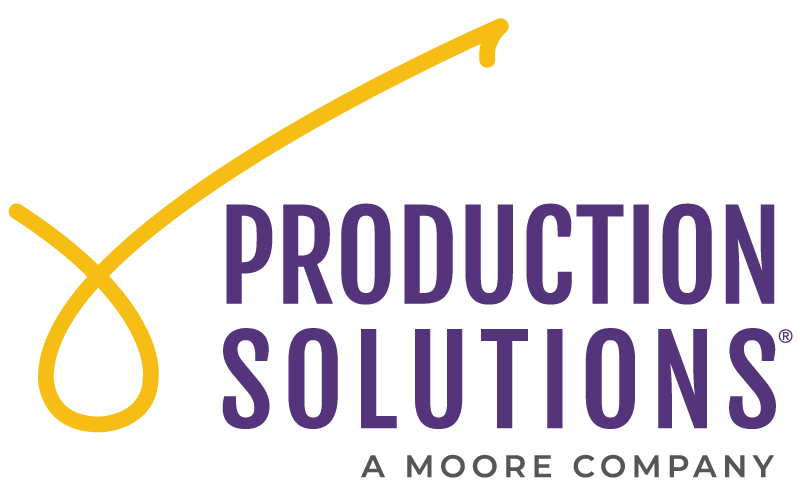Why Do People Want to Give?

Michelle Johnston
Senior Manager of Strategic DevelopmentRecently, Production Solutions’ Senior Manager of Strategic Development, Michelle Johnston, attended the inaugural DonorVoice Behavioral Science Symposium in which fundraising practitioners gathered to deepen their knowledge base on the realities that charities face in terms of understanding the driving behavior of their donor base. Through all of the research, data and analysis, a very simple question emerges: Why do people want to help each other?
Donors want to feel like they are making a noticeable difference!
Focusing on a single identifiable victim of the problem rather than focusing on the statistics of the problem is important. Get specific. This way the donor feels that their contributions are more than just a drop in the bucket.
Success with face to face donors requires understanding the “why”. Converting and retaining monthly donors who came into a program through face to face fundraising (canvassing/door to door/etc.) is dependent on knowing why they joined and if they regret the decision to do so. Survey donors who came in through F2F channels and ask them these three loyalty questions to identify pain points in fundraising. Asking these questions also gives your organization the opportunity to understand upfront which donors will most likely drop from your list so that you are prepared to attempt to change their mind, or to offer to change their contribution to keep them on your file.
- How much do you really know about the organization?
- How satisfied were you with the F2F contact you had?
- Do you intend to continue donating?
Donors would rather give to a campaign that is almost at its goal because they feel like they are making a difference.
In crowdfunding, the numbers show that most people want to make a meaningful impact, so they would rather give before the goal has been met rather than give extra once the goal has already been met. This is because the need for donations is identifiable and the donor’s contribution, even a small one, is significant.
Donors want MORE choices.
Regarding General Data Protection Regulations (GDPR), a UK-based charity tested opt-in options and found that donors want to choose when, how and what content they are given. This helped the charity really know how to speak best to the donors and strengthen their relationships with them.
Explaining the need is important before asking. With emotional and impact asks of donors, it is best to explain the need to the donor so that they can put themselves in the shoes of one in need and identify with them. It is important to understand donor identity, including what the donor cares about and who the donor is so that the asks speak to that donor specifically.
Explaining the need is important before asking.
With emotional and impact asks of donors, it is best to explain the need to the donor so that they can put themselves in the shoes of one in need and identify with them. It is important to understand donor identity, including what the donor cares about and who the donor is so that the asks speak to that donor specifically.
About the Author






